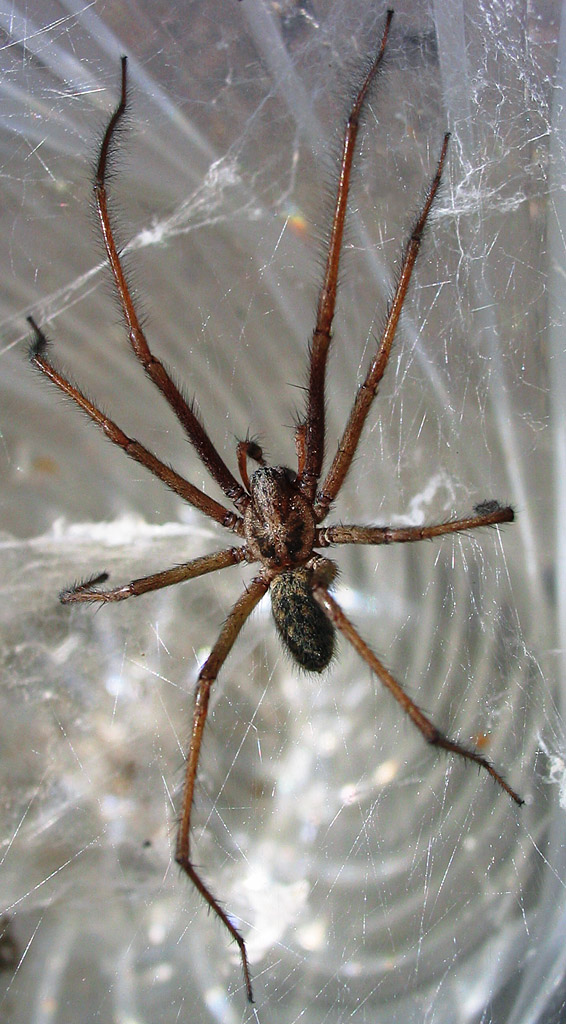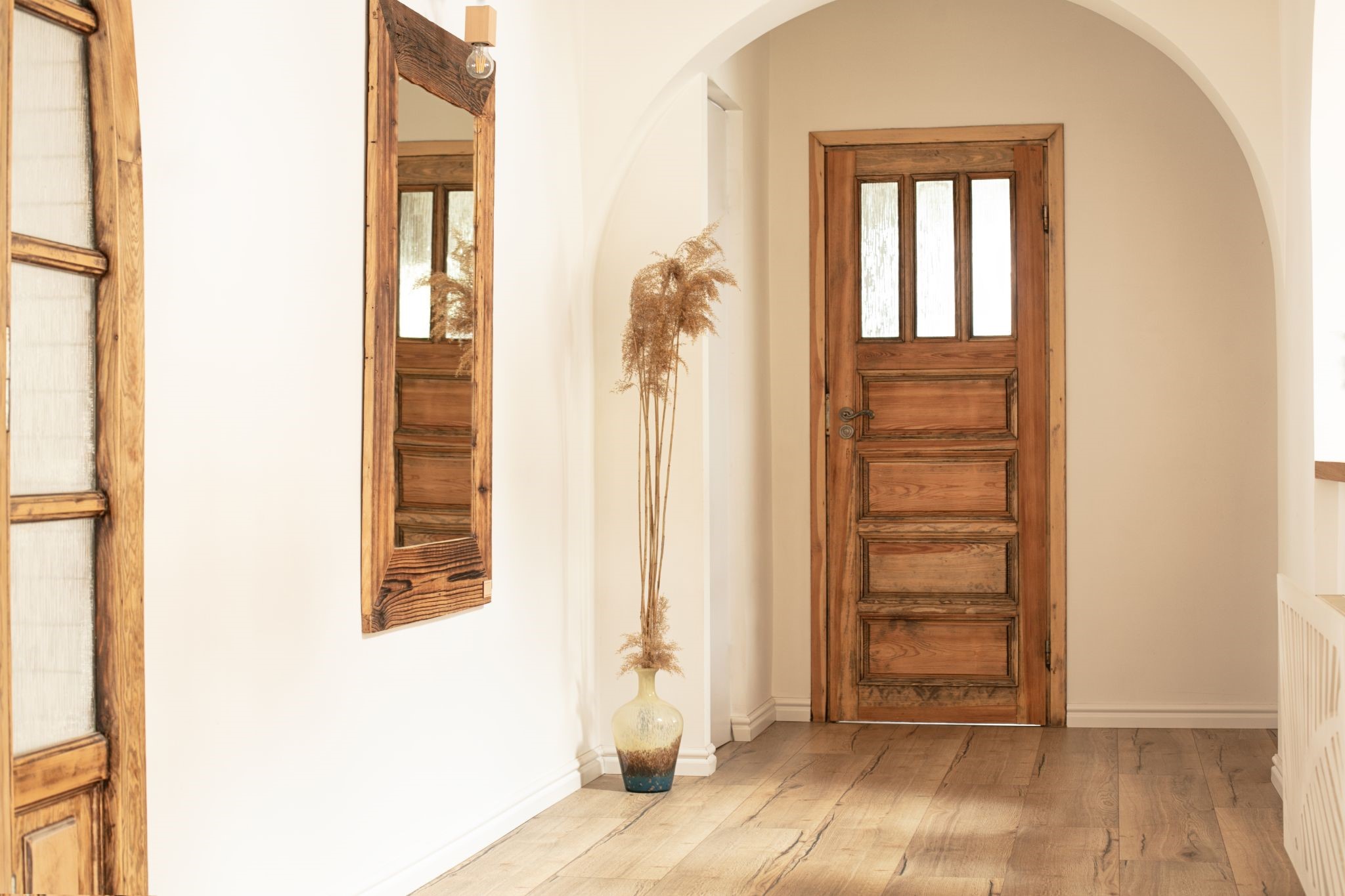Table Of Content

The orange cross orb-weaver spider measures 0.26” to 0.79” (6.5 – 20 mm) long. The black and yellow garden spider is a large and striking arachnid with a distinctive black and yellow coloring. The spider’s identifying features are its egg-shaped black bulbous abdomen with yellow spots and black and yellow banded legs. This invasive species resembles the related false black widow (Steatoda grossa). However, it is larger, and the spider has more white dots on its black abdomen.
of the Most Common House Spiders
10 Most Common House Spiders - How to Identify a Dangerous Spider - Prevention Magazine
10 Most Common House Spiders - How to Identify a Dangerous Spider.
Posted: Tue, 19 Mar 2024 07:00:00 GMT [source]
In fact, many house spiders are now specially adapted to indoor conditions like steady climate, sparse food, and even sparser water. Some people think of spiders as insects, lumping them in with six-legged invaders like roaches or ants. But they're not insects, and they don't want to raid our cupboards.
Spiders in your home
Use a vacuum or broom to clean them up or hire a local IPM specialist. Peel off the protective plastic, fold the trap along the dotted until it’s in the shape of a triangle. Put them out where you suspect the hobo spiders are nesting or foraging, then check the traps each morning.
Invasion of the giant spiders? Not quite
For our purposes, we will focus primarily on the latter American species. Spider bites are commonly feared, but in reality, only a few species pose a threat to humans. They can be seen in gardens, backyards, basements, attics, barns, sheds, and any other type of man-made structure.
While they are not likely to bite humans, the bite can be painful. Other than this, their bite is harmless, and these spiders pose no threat to people. Their ability to leap quickly is the main way these small spiders take down prey. These spiders are typically seen with black bodies and patches of white. You may have encountered various types of spiders in and around your home. Some common spider species can be found worldwide, preferring human habitation.
Ed has been working in the pest control industry for years helping 1,000's of homeowners navigate the world of insect and rodent management. Redback spiders belong to the Family Theridiidae, which is found worldwide. The common name 'Badge Huntsman' comes from the distinctive, often brightly coloured badge or shield on the underside of the abdomen.
We hope that by learning more about common spiders, we'll all be more motivated to appreciate them and even help with efforts to conserve threatened arachnid species. Since spiders are often found trapped in sinks or tubs, many people assume that's how they got inside. But modern drains feature sediment traps that would prevent spiders from passing, Crawford points out. "I don't know of even one case where a spider was actually shown to migrate into a house through plumbing." In general, Crawford says, only about 5% of the spiders you see inside a building have ever set foot outdoors.

What Are Hobo Spiders Commonly Mistaken For?
Also, if the legs and cephalothorax are shiny or have a dark orange color to them, that’s not a hobo spider either. A female hobo spider may live as long as 2-3 years but the males generally die after mating. During the summer the males will seek out the females, mate with them, then die before October arrives. The crab spider is one of the most unusual white spiders in California. The identifying features of the crab spider are its ball-like body, crab-like legs, and yellowish-white body with reddish markings.
These spiders are defensive, and are more likely to bite people than other common house spiders in the United States. The bites can be confused with a brown recluse bite, but the symptoms will not be as bad. One of the most abundant house spiders is Parasteatoda tepidariorum, aka American house spider, which is native to North America but now found around the world. Measuring 4 to 8 millimeters long, these yellowish-brown spiders have a tall, round abdomen and two rows of four eyes.
Male examples have been recorded with an impressive 12 cm leg span. By comparison the smallest species of ‘Money spiders’ (family Linyphiidae) have a leg span of little more than 2 mm. Of the 650 species of spider found in the UK only about 12 species have been recorded as being able to bite us and these are larger spiders.
Despite this fact, most people cringe at the sight of a common house spider. Seeing a black or brown arachnid scampering across the floor or lurking in a dark corner can send you into a panic. There is also the fear that the house spider is dangerous and could inflict a nasty bite. It’s essential to be cautious when encountering these spiders, particularly the brown recluse and black widow, as their bites may require medical attention. You can minimize your risk by avoiding cluttered areas, and wearing gloves when handling woodpiles or working outdoors.
They can be found in leaf litter, on trees, in caves, or even in residential homes. They will forage for organic matter and hunt small insects for food. Dear Frazzled Francine, We don’t know what species of Spider you photographed, but your letter amuses us to no end. We will post and feature your photo in the hopes that our readers will provide comments, suggestions and possibly an identification.
So, it’s wise to consider their benefits before deciding to remove them from your living space. By keeping an eye out for these clues and familiarizing yourself with common spider characteristics, you can spot house spiders in various areas of your home and garden. House spiders build cobwebs consisting of a silken sheet which funnels into a retreat at the back.
In this country many millions of people are bothered by the presence of Tegenaria house spiders. Also called the black-footed spider, yellow sac spiders can inflict a painful venomous bite. Other names for the brown recluse spider include brown fiddler, violin spider, or fiddleback spider.
Generally, the top part of the abdomen has a dark, v-shaped mark that runs down to its midpoint. Additionally, despite being quite common in Europe, the relative lack of both bites and lesions from said bites puts the Hobo Spider’s purported toxicity in question. As long as its web is undisturbed, they will usually hide in the funnel area, and not respond.

No comments:
Post a Comment